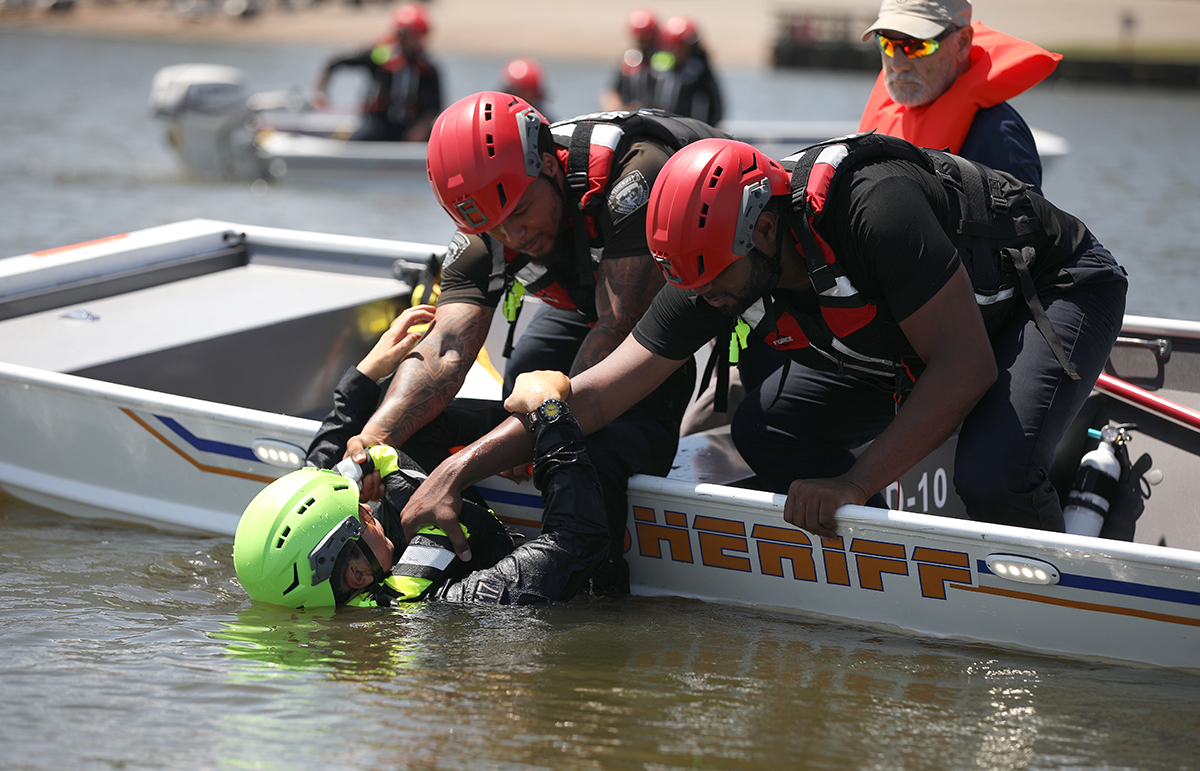
Up to $100 million in investments may support public safety facilities and technology, including law enforcement facilities, courtrooms, backup generators, and improved data systems for court management and crime prevention.
- After Hurricane Harvey and the resulting court backlog, we have learned the importance of resiliency in criminal justice system facilities.
- There also are opportunities to make technology capital investments in many public safety and justice agencies.
Example projects include:
- Law enforcement operations and training facilities
- Additional courtrooms
- Improved technology and data systems for court management and crime prevention
- Backup generators and other resiliency improvements for County justice facilities